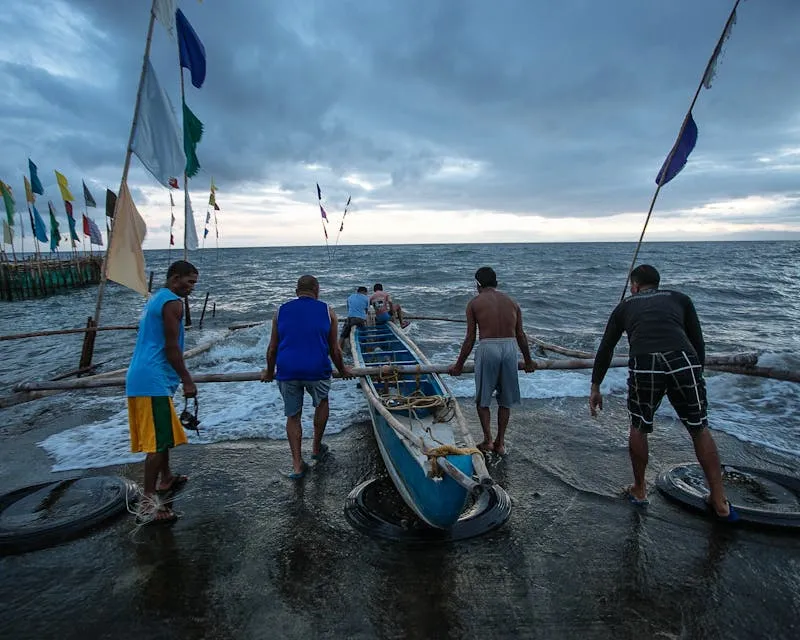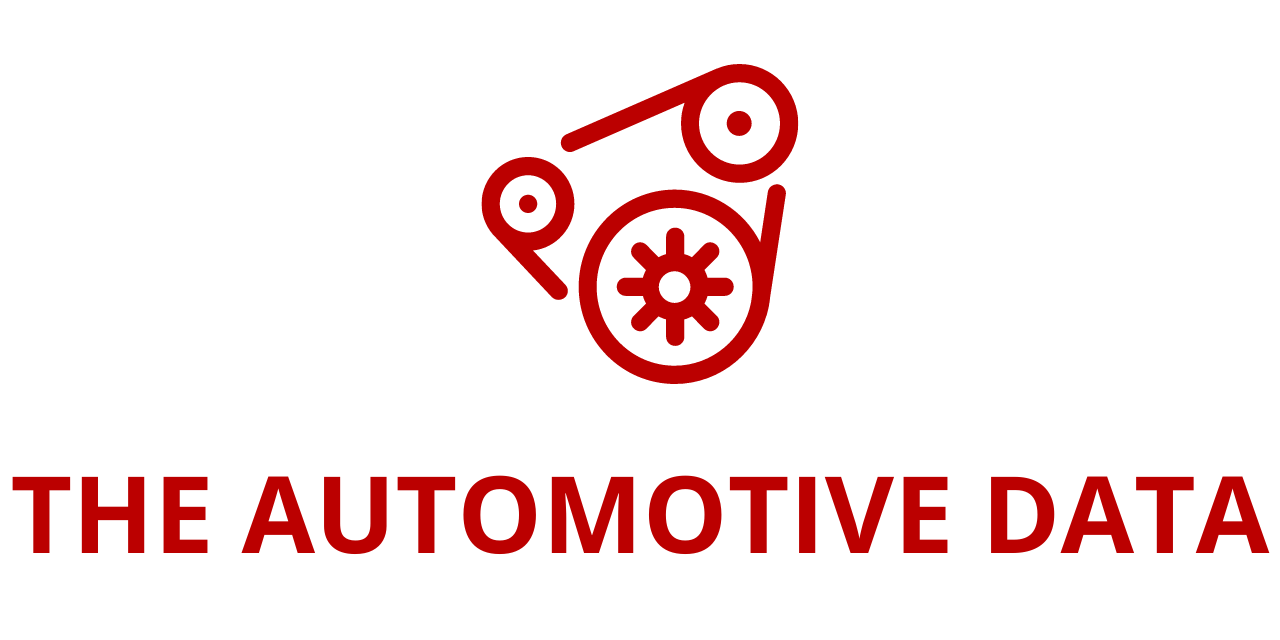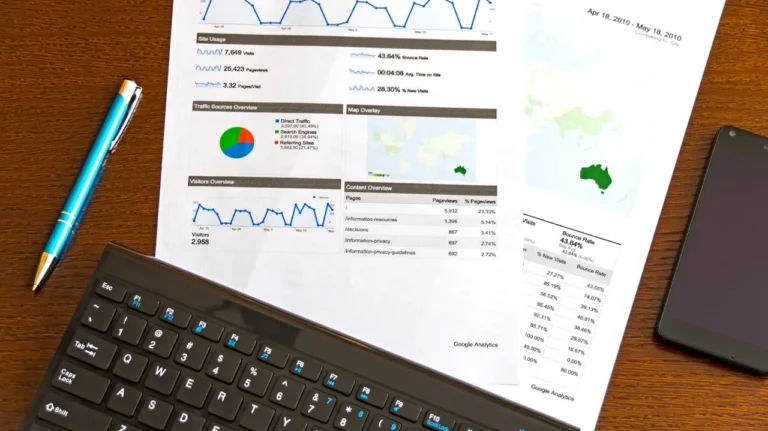
Amogy, a leading provider of scalable ammonia-to-power solutions, has announced the successful maiden voyage of the world’s first carbon-free, ammonia-powered maritime vessel. The vessel, named the NH3 Kraken, is a tugboat originally built in 1957 and retrofitted with Amogy’s ammonia-to-electric power system. It sailed along a tributary of the Hudson River near New York City, marking a major milestone toward reducing global carbon emissions and advancing the maritime industry’s journey toward the International Maritime Organization’s (IMO) 2050 net-zero emissions goal. This achievement underscores both the feasibility of Amogy’s technology and ammonia’s potential as a zero-carbon fuel for maritime applications.
“Governments and organizations like the IMO have set ambitious carbon reduction goals, which are challenging but essential. The successful demonstration of the world’s first ammonia-powered, carbon-free vessel shows these goals are within reach,” said Seonghoon Woo, CEO and co-founder of Amogy. “By proving our technology on the water, we’ve gained crucial insights that will accelerate our path toward commercialization and real-world deployment. Decarbonizing the maritime industry is now within our grasp, and this is only the beginning for Amogy.”
The voyage of the NH3 Kraken represents the most significant application of Amogy’s technology to date, building on prior successful demonstrations with an aerial drone, a commercial farm tractor, and a semi-truck. Amogy plans to apply the insights gained from this demonstration to both retrofit projects and new vessel builds. The company has already signed contracts with partners including Hanwha Ocean and Terox.
Amogy’s proprietary ammonia-to-electric power system works by “cracking” liquid ammonia into hydrogen and nitrogen. The hydrogen is then fed into a fuel cell, producing high-performance power with zero carbon emissions. This clean energy solution is particularly suited to sectors like maritime shipping, where decarbonization is challenging, as well as stationary power generation. During the NH3 Kraken’s voyage, the vessel was fueled with green ammonia, which is produced using renewable energy, further minimizing its carbon footprint.
The global shipping industry is responsible for nearly 1 billion tons of greenhouse gas emissions annually, comparable to the emissions of major economies such as Germany or Japan. The successful test voyage of the NH3 Kraken highlights ammonia’s immense potential to revolutionize the shipping industry and other power generation sectors in the future.
“Ammonia is already one of the world’s most produced chemicals, with 20 million tons shipped through 200 ports globally each year. With this infrastructure in place, repurposing ammonia as a fuel can happen quickly and efficiently,” Woo added.
Amogy plans to release a detailed case study with further technical insights in the coming months.







